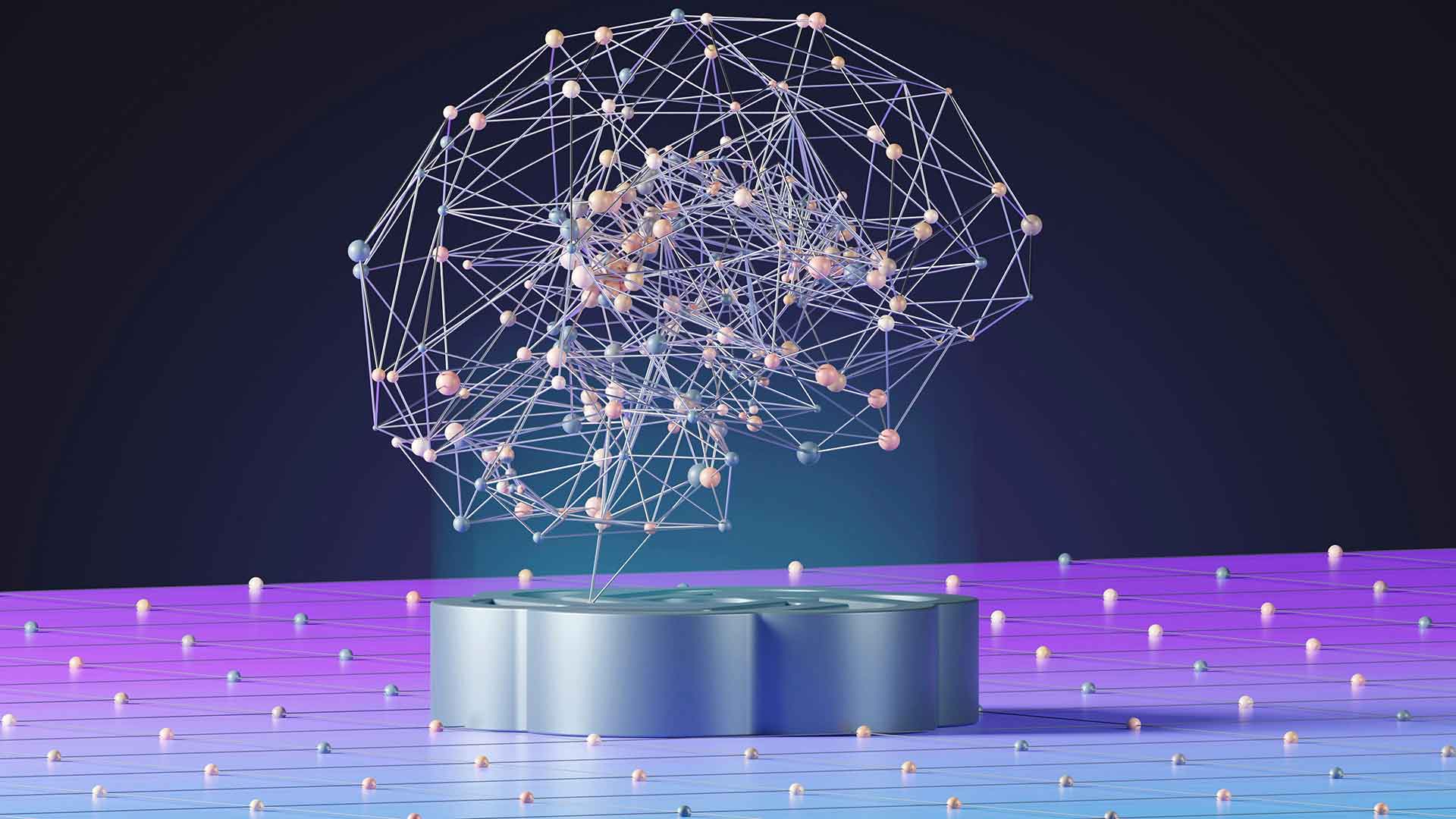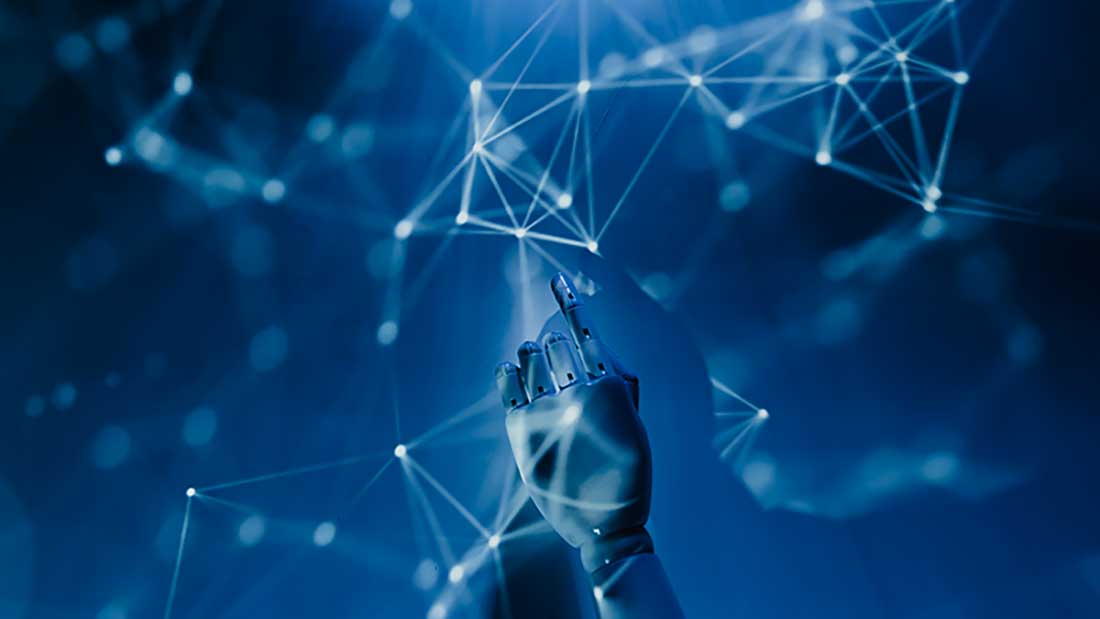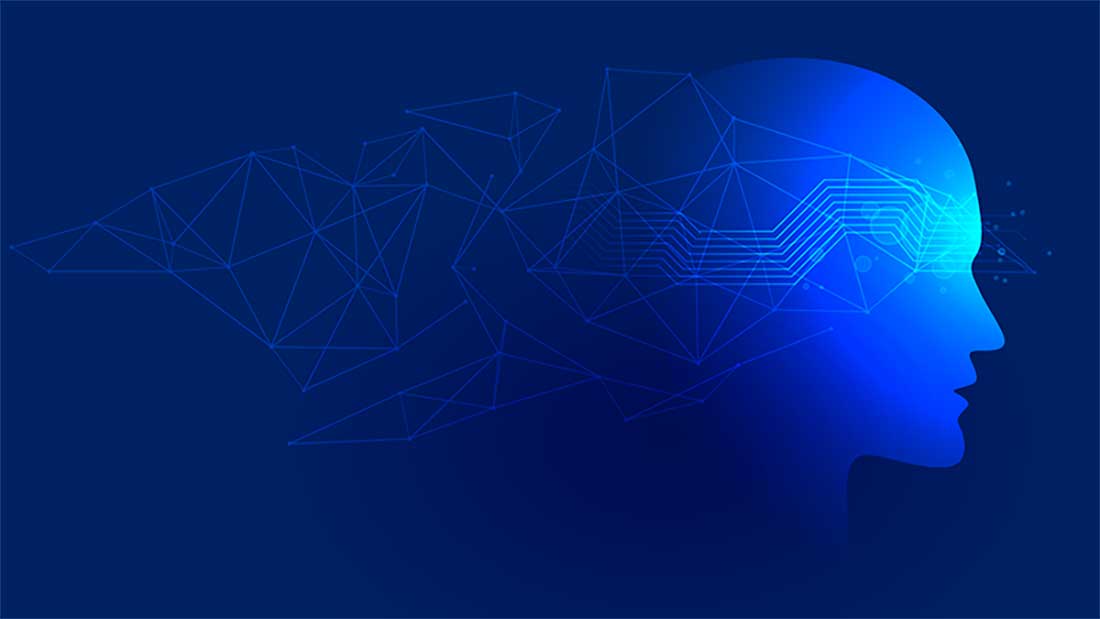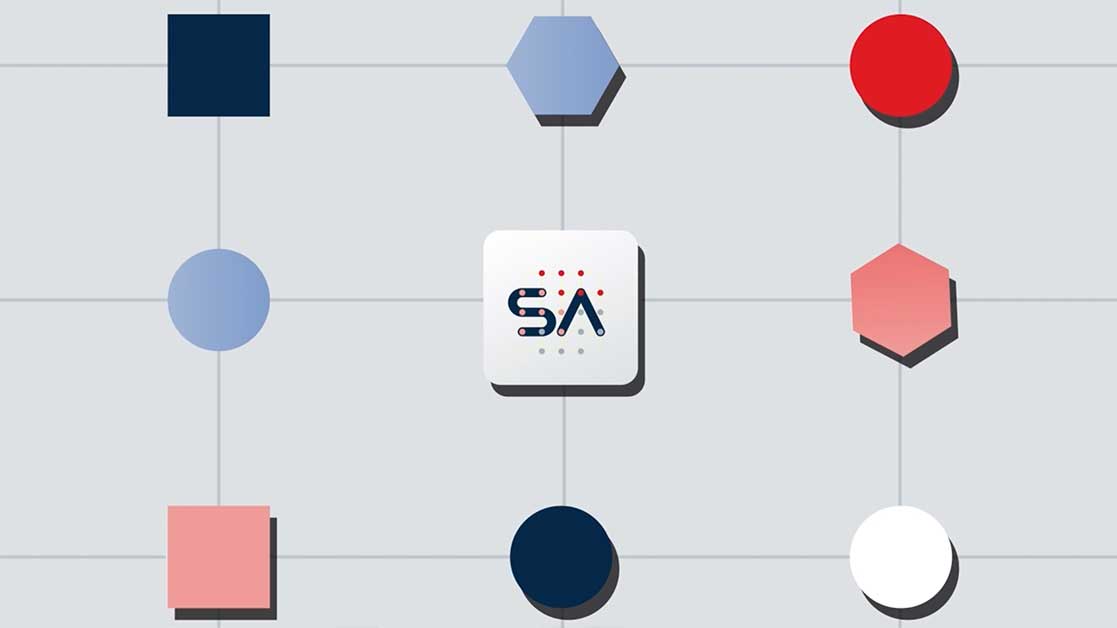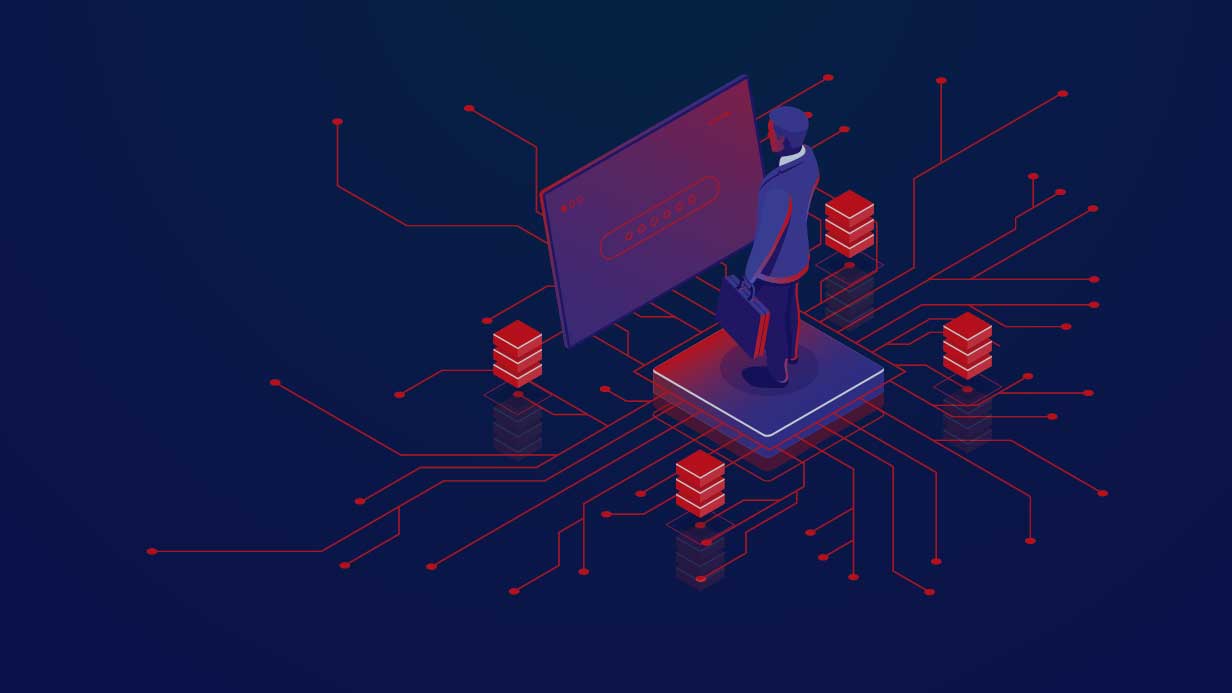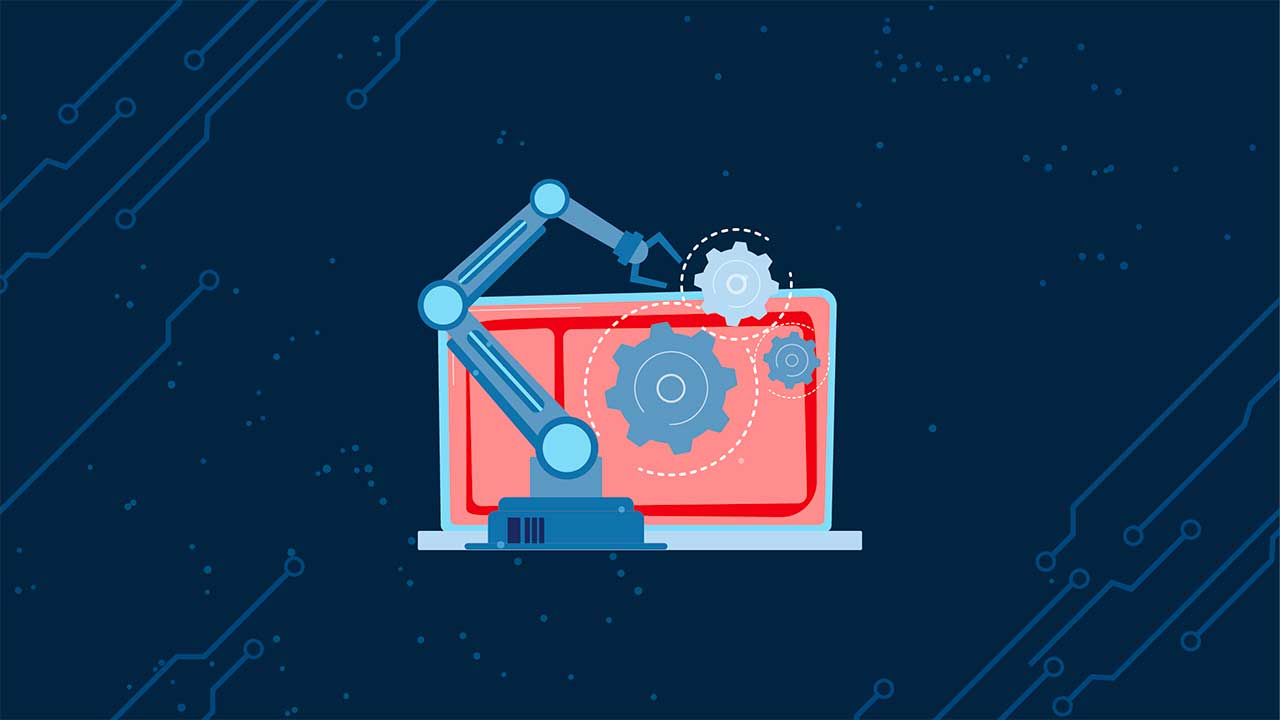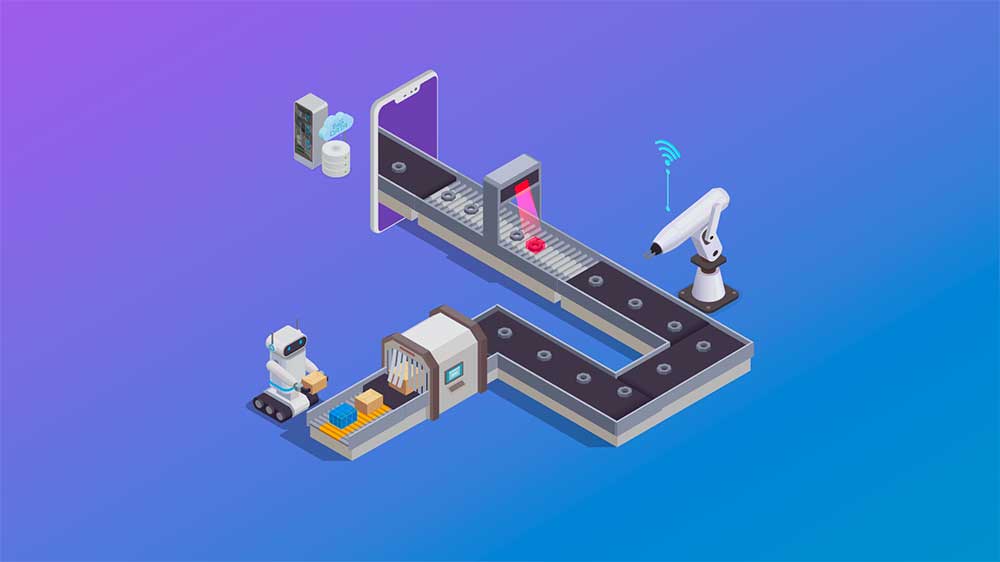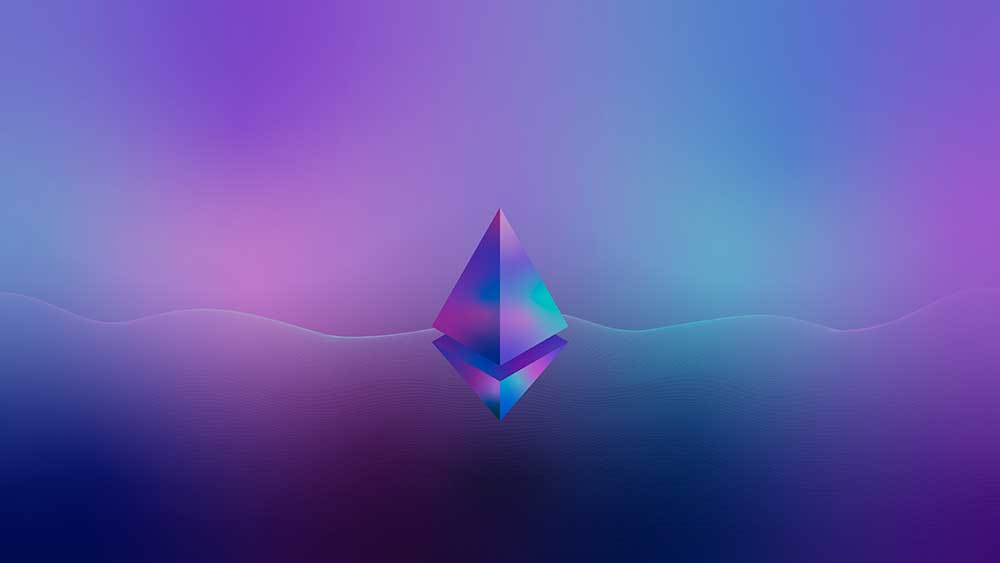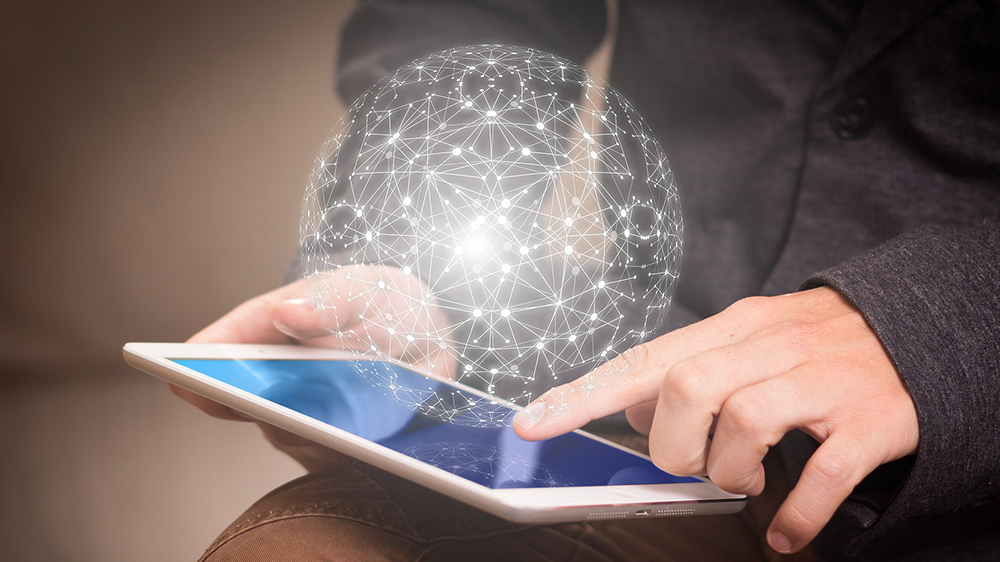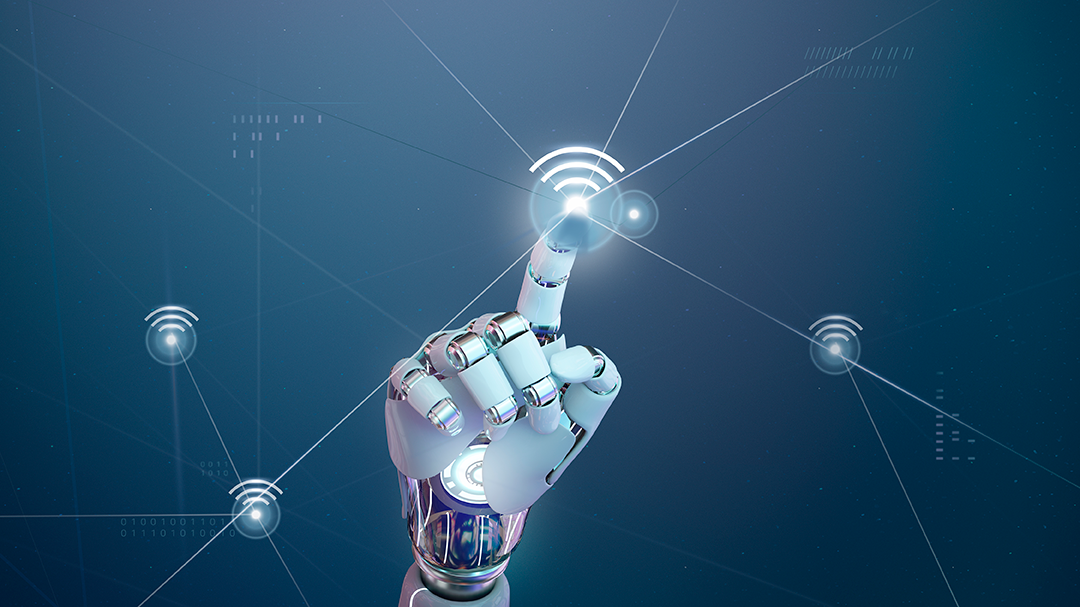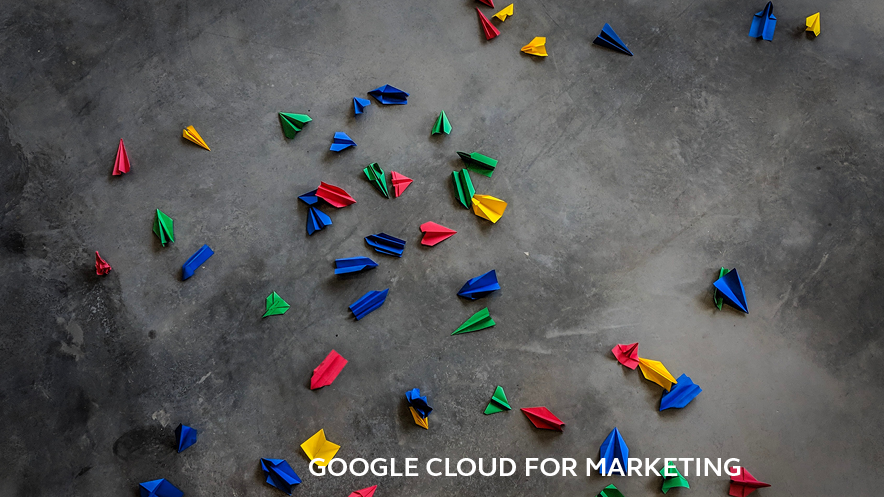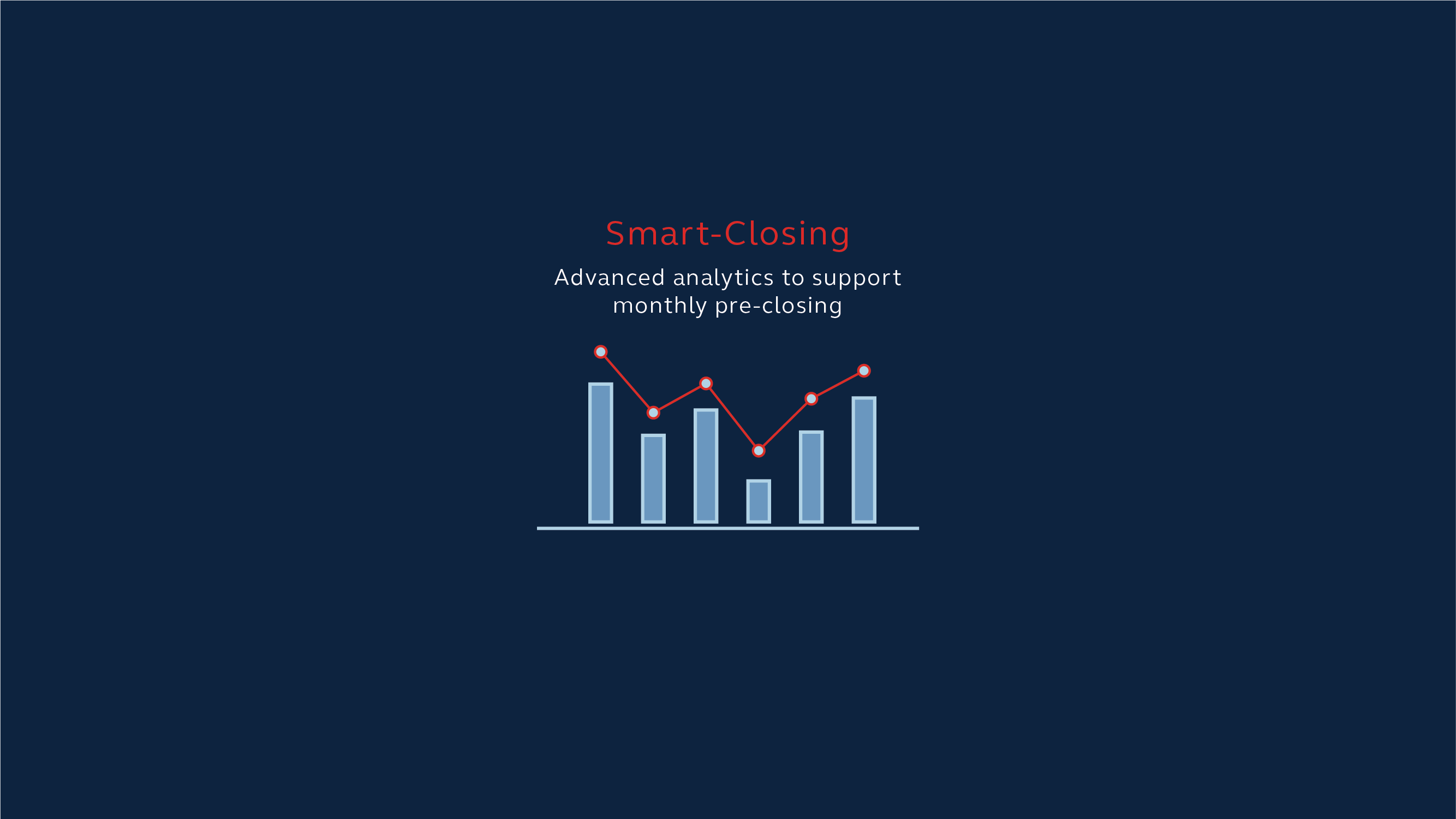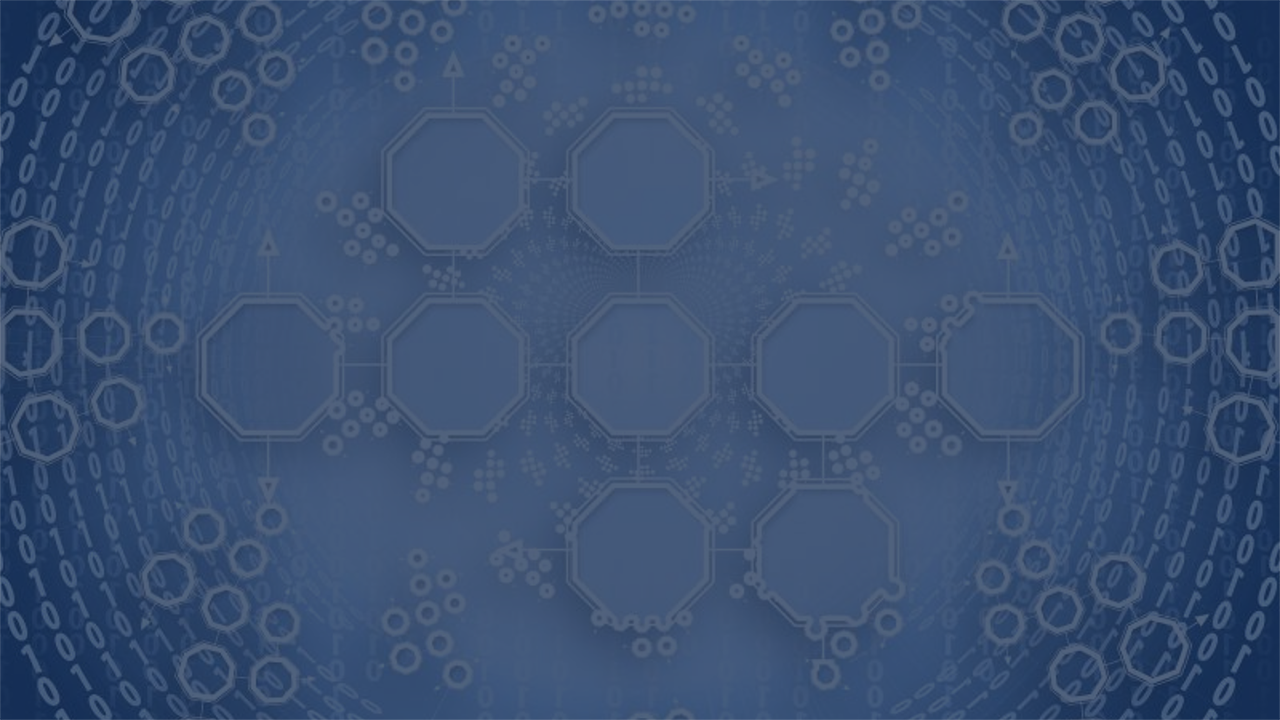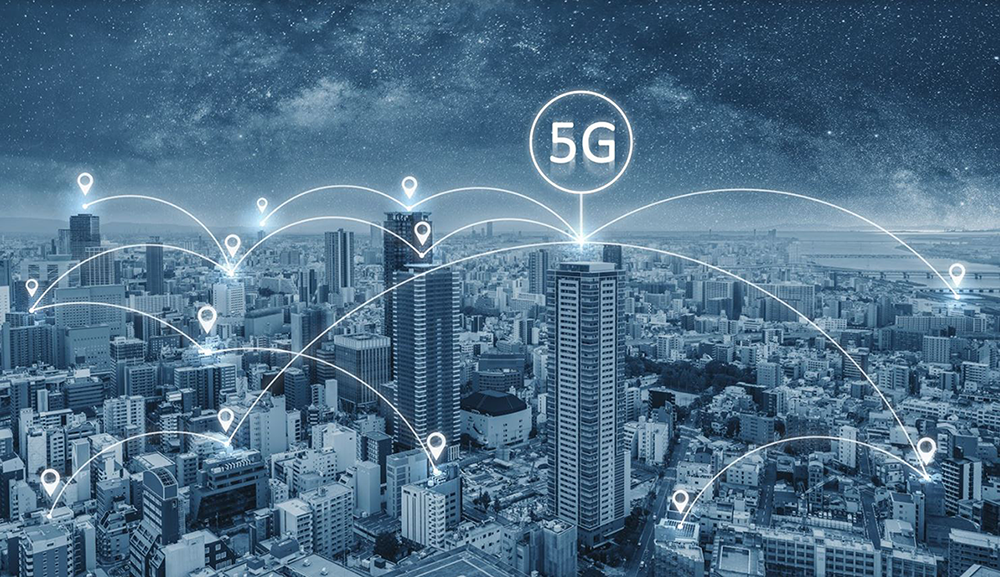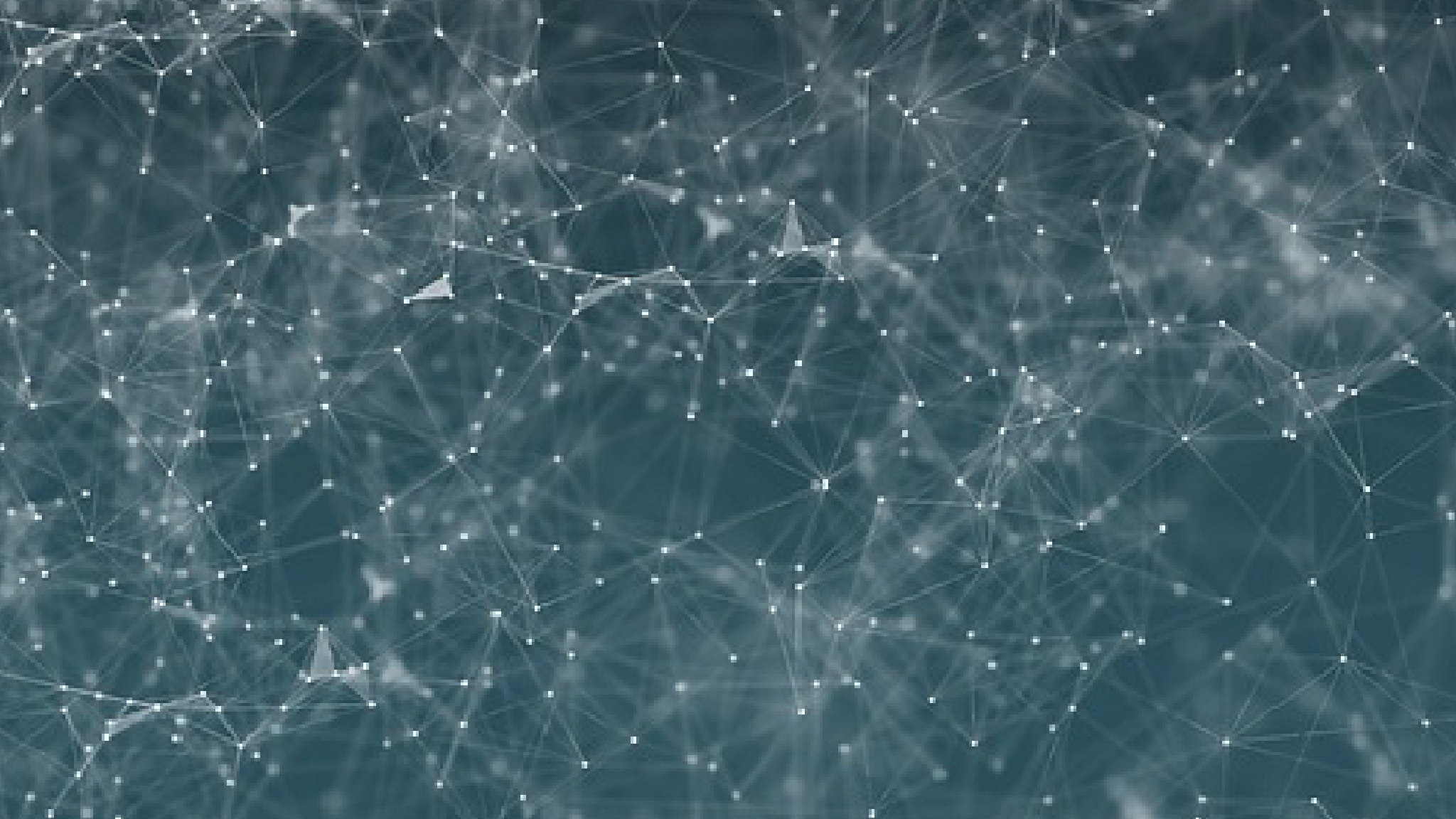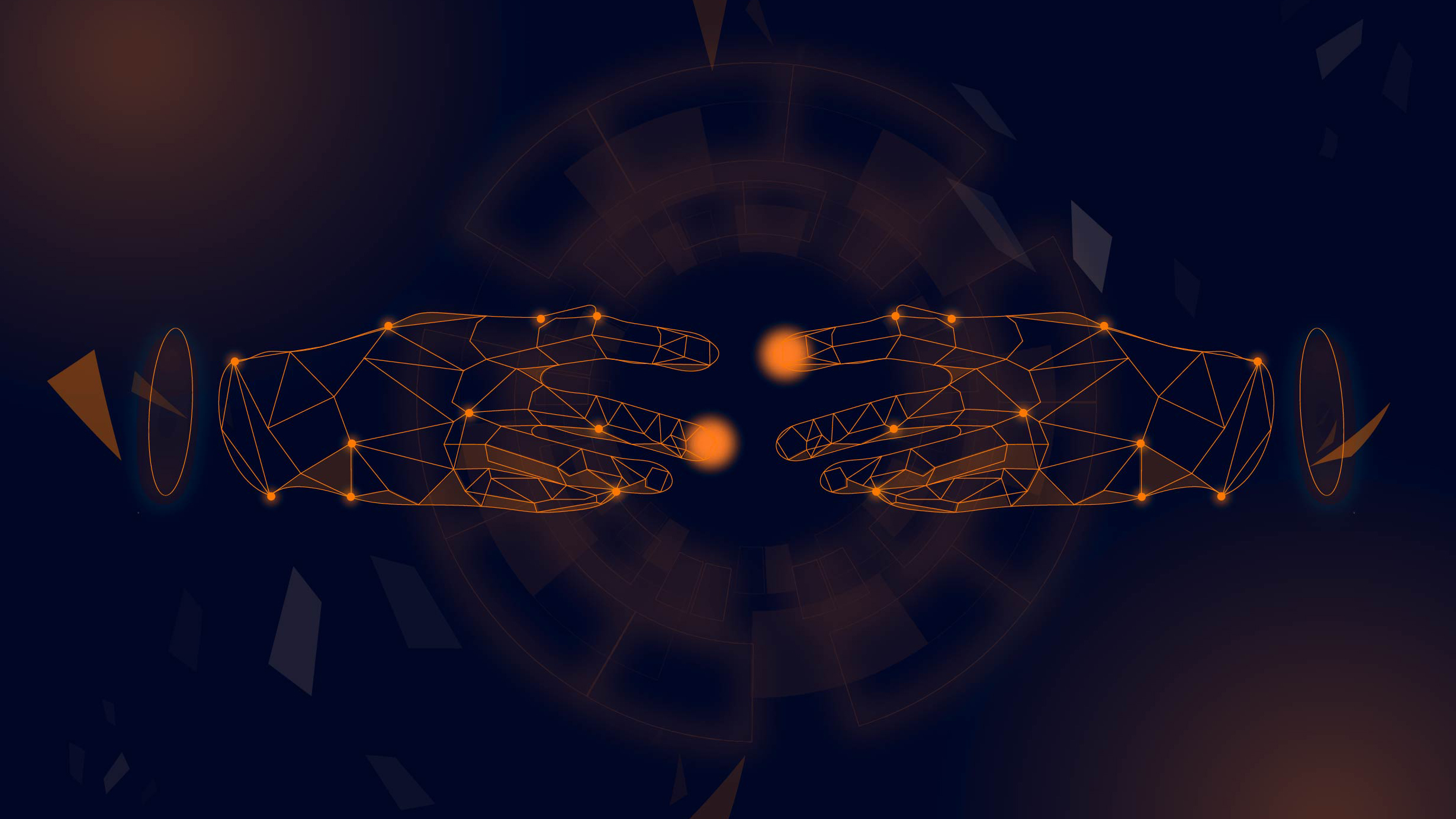AUTHORS

Andrea Lui
Cognitive AI Chapter Leader
@Bip xTech

Dario Cumbo
Senior Cognitive Data Scientist
@Bip xTech

Francesco Pettini
Cognitive Data Scientist
@Bip xTech

ChatGPT
Cognitive AI entity
@OpenAI
Business Context
Organizations operating in rapidly changing markets typically experience significant challenges dealing with unstructured data coming from their final clients. Managing these challenges is critical for successful strategic process automation.
Typically organizations have no choice but to have their employees read, absorb and understand these data. This results in slowly managed and repetitive processes, and negative impact on the employee and customer experience.
In this short article we’ll talk about how Bip xTech addressed this pain-point for one of our key financial services clients, how ChatGPT contributed to a Production solution, and why we believe our clients, by leveraging our Cognitive Computing and Generative AI technologies based solutions, can gain exponential benefits.
Our client’s Business Challenge
Our client, a major European banking and insurance company, struggled to handle and keep up-to-date business rules to manage reimbursements from customer e-mail requests. A team was maintained from the house and life insurance department to manually handle received e-mails. As a form of unstructured data the received emails needed to be carefully reviewed to detect the type of request, the event date, and the insured client’s information. The free text nature of emails meant that a simple Robotic Process Automation (RPA) approach with deterministic rules could not automate the process and satisfy client needs.

Our Cognitive AI Approach
In recent years, technology companies have released several pre-trained solutions to understand and process this “unstructured data” (e.g. emails, texts, voice). Such models have provided high levels of performance on general (not context-dependent) problems.
Alternatively, deploying an entirely custom approach offers perfect verticality for the client but lacks robustness, integrability, and generalization capability. Our strong knowledge of custom models and strategic partnerships with hyperscalers are the foundation of the Bip xTech approach to tackle Cognitive Computing problems and achieve the best performance while minimizing time-to-market.
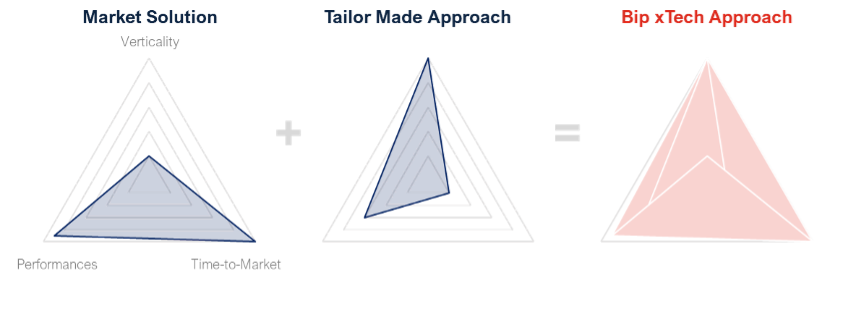
We typically propose a data empowerment platform to accelerate and enhance the human analysis in processing requests.
How our email processing solution works
Our Cognitive AI solution automates the identification, processing, and understanding of the information in un-structured customer e-mails. The human element provides the business knowledge, correction/confirmation, and continuous feedback to improve the underlying platform.
This human-machine system enables our cognitive AI solution to continuously improve performance and allow human operators to reduce time spent on repetitive tasks (freeing them up to focus on more valuable activities).
The Bip xTech solution starts with a machine learning classification engine. This detects the type of e-mail received from the customer and whether it is in the envelope subject to the automation (i.e., natural event, burglary, incident).
If the email fits, the Bip xTech AI Document Reader solution detects and identifies the information in the mail body and in any attachments (entity recognition).
Our AI Document Reader deploys state-of-the-art Optical Character Recognition (OCR) engines for interpreting scanned attachments while using Computer Vision to understand images contained in the mail body or in the attachment.
The cleaned mail body (deletion of signatures, mail thread splitting) including the text contained in the attachments is then fed into a ChatGPT with relevant questions such as:
- “When did the event happen?”
- “What happened?”
- “Where did the event happen?”
- “What is the insurance number?”
ChatGPT responses are then checked in terms of format (e.g., that dates are converted, that insurance numbers have a specific form) and quality (the solution returns a confidence score).
Tables and images are treated using a separately trained Named Entity Recognition engine and table detection solution. Results are then merged with the main body extracted ones.
Extracted data are presented to the operator using a user-friendly human-machine interface (HMI). This is designed to allow our human colleague to focus better on the relevant tasks of the process (e.g., missing data, low confidence examples, high amount confirmation). Once the checks are completed the data are finally sent to an RPA bot to be entered into company systems.
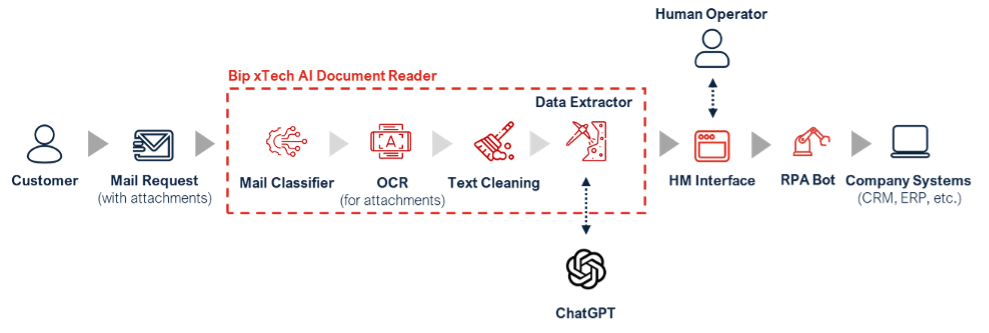
What is ChatGPT
ChatGPT is a variant of the GPT (Generative Pre-trained Transformer) model. It is a deep learning model developed by OpenAI for natural language processing tasks. The GPT model is based on the transformer architecture, which was introduced in a 2017 paper by Google.
The original GPT model was trained on a vast dataset of web pages and books. It was designed to generate text similar to the text it was trained on. The ChatGPT model is powered by a variant of GPT specifically designed for conversational or dialogue-based tasks. It is trained on a dataset of conversation-like texts to better understand the context of natural conversation and generate more human-like answers. It is based on GPT-3.5, which is one of the largest language-processing AI models, with 175 billion parameters.
We asked ChatGPT what it can do, and the following are some examples of its uses:
- Text generation: GPT-3 can generate text that is similar to human-written text, it can be used for example to write articles, stories, or responses to prompts.
- Text completion: GPT-3 can finish the text given a part of it.
- Language translation: GPT-3 can translate text from one language to another.
- Question answering: GPT-3 can answer questions by understanding the meaning of the text and the question being asked.
- Summarization: GPT-3 can summarize text by extracting the most important information.
- Text classification: GPT-3 can classify text into different categories.
- And many more, It has been used in several NLP tasks such as conversation generation, named entity recognition, text summarization and more.
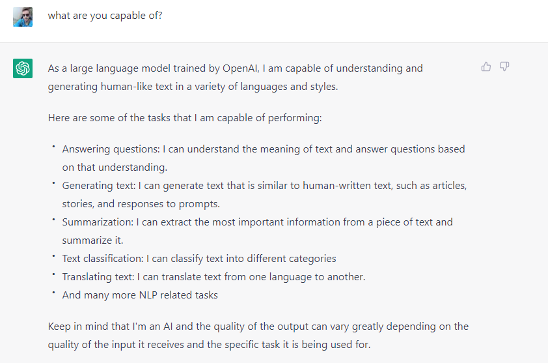
The ChatGPT model was designed to have a deep, focused understanding of the conversation and generate contextually relevant and diverse responses.
ChatGPT has been trained using Reinforcement Learning from Human Feedback (RLHF). An initial model is trained using supervised fine-tuning; human AI trainers provide conversations in which they play both sides — the user and the AI assistant. Then the trainers access the model-written suggestions to help them compose their responses.
Two or more model responses, ranked by quality, are collected to create a reward model for reinforcement learning. The collection phase is completed by taking conversations between the AI trainers and the chatbot. Then randomly selected model-written messages are sent to the AI trainers to be ranked. Using this reward model, the Chatbot model is fine-tuned using Proximal Policy Optimization.
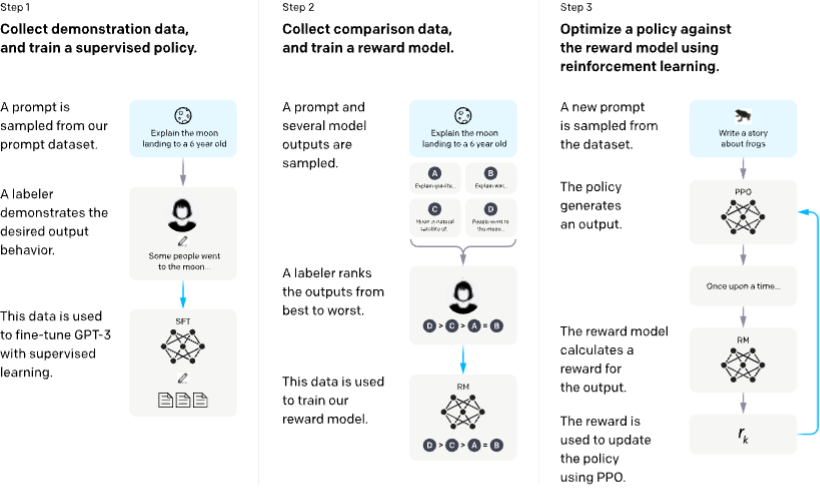
Is ChatGPT a fleeting novelty?
No, ChatGPT is a solid reality. Bip xTech has been using it over the last year to solve real business challenges in a stable, secure, and solid way. The earlier Use Case of email processing automation in our banking and insurance client is a demonstration of its application in a real-life context.
Client Achievements
Thanks to Bip xTech’s implementation on the client’s cloud data platform, and the integration with the legacy systems using RPA technology, our client achieved automation of 89% of the repetitive tasks, allowing employees to concentrate their efforts on higher-value tasks.
The automation index of the first software release was 57%, but thanks to the continuous human-machine interaction (feedback), the index rose to its current level and is expected to grow further.
Our client also increased customer satisfaction by decreasing the average time for processing each request, removing bottlenecks, and creating a scalable process to support sudden peaks of requests (typically after natural events like distributed thunderstorms).
What can Bip xTech Cognitive AI, “empowered by ChatGPT”, bring to your company?
Bip xTech has designed a set of frameworks and products based on Cognitive Computing and Generative AI technologies (including ChatGPT). This suite of customizable solutions can help companies handle unstructured data (i.e., text, documents, e-mails, images, videos, sounds) efficiently and generate values by starting from general-purpose models and fine-tuning (via transfer learning modules) using their data and context.
This can help any organization to:
- Exploit all the available information: unstructured and semi-structured data typically represent 70% of all the available information inside a company;
- Enable hyperautomation: repetitive tasks that can be tackled with RPA nowadays require increasing levels of complexity due to the presence of human unstructured data in the process;
- React faster to business changes: cognitive AI models can be continuously trained and fine-tuned to stay up-to-date even when the market and business change;
- Digital enhancement of employees: real-time support to humans to improve their daily tasks, avoid repetitive tasks and let humans focus on higher value activities, resulting in improved employee satisfaction.
Why Bip
The Bip xTech practice is one of the largest professional AI communities in Europe. We deliver hundreds of data projects per year with a focus on “operable AI”, delivering end-to-end AI use cases in production for daily use.
We merge expertise in AI, Cognitive AI and RPA into a single reality to guarantee that AI is responds to business needs and is usable by non-technical users, easily monitorable and offering a clear return on investment.
To request further information on our end-to-end offer or have a conversation with one of our experts, simply send an email to [email protected] with the subject “Cognitive AI with ChatGPT ”, and you will be contacted immediately.



